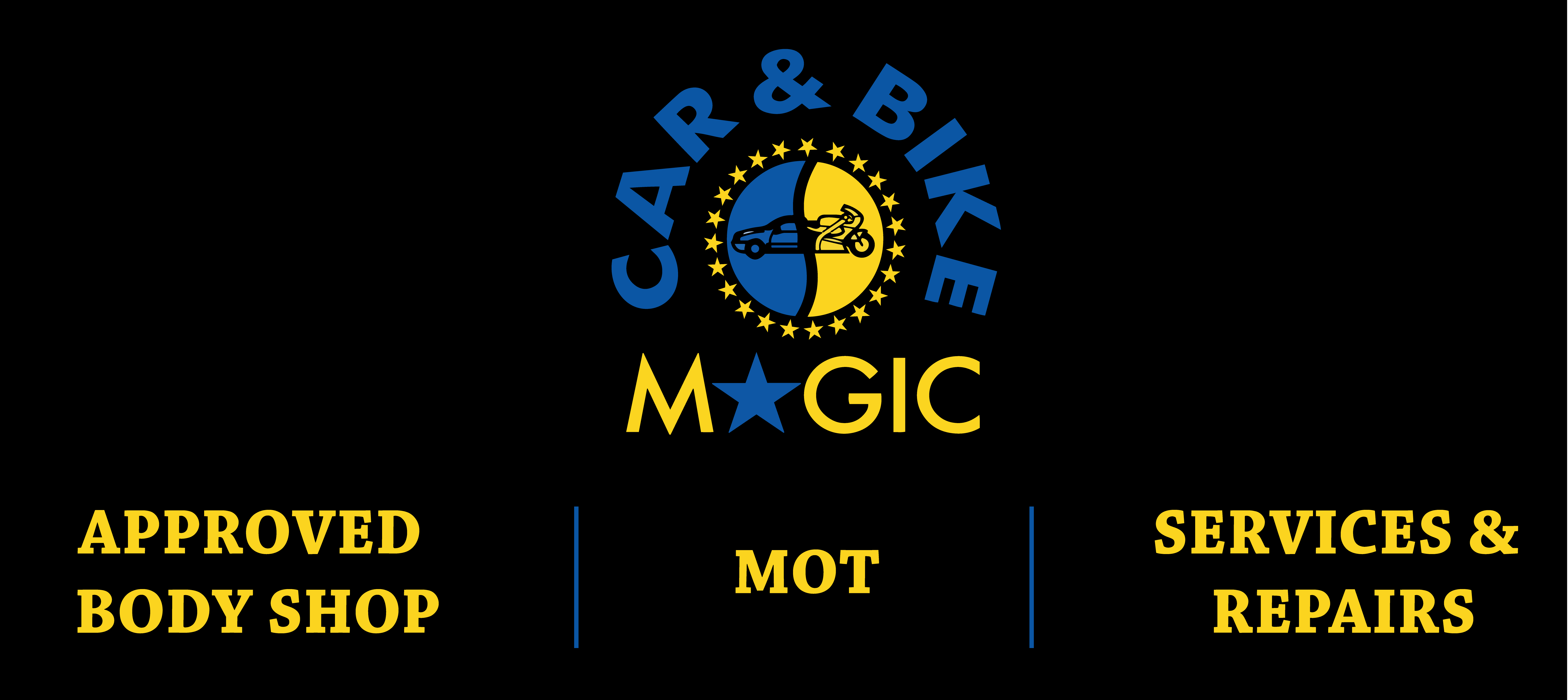Whether you’re a weekend rider or a daily commuter, knowing how to handle basic motorcycle repairs can save you money, time, and a lot of roadside headaches. With the right know-how, you can keep your bike in peak shape without relying on a shop for every little fix. But here’s the truth—motorcycle maintenance isn’t just about fixing things when they break; it’s about preventing problems before they happen.
From a simple motorcycle oil change to troubleshooting motorcycle electrical repair, these expert-backed tips will help you confidently ride. Plus, you’ll know when it’s time to grab the toolbox—or head to a professional, like the trusted team at Car & Bike Magic for those bigger jobs. Let’s dive into the top 10 DIY repair tips every rider should master.
1. Keep Your Chain in Top Condition
A motorcycle chain is one of the bike’s most important yet overlooked parts. You risk poor performance or even a dangerous chain break without regular motorcycle chain maintenance.
Start by inspecting your chain every 500–700 miles. Look for rust, tight spots, or signs of wear. Cleaning is simple—use a chain-specific cleaner and a soft brush, and apply a high-quality motorcycle chain lubricant. Remember, over-lubricating can attract dirt, so apply enough to coat the links evenly.
If you notice uneven tension or significant wear, it’s time for a replacement. A well-maintained chain improves ride quality and extends the life of your sprockets.
2. Master the Motorcycle Oil Change
Oil is your bike’s lifeblood. Over time, engine oil breaks down, reducing its ability to lubricate and protect internal components. Regular motorcycle oil changes keep the engine running smoothly and efficiently.
Oil changes are required for most bikes every 3,000–5,000 miles or at least once a year. Warm up your bike before draining the oil to help it flow more easily. Replace the oil filter each time, and always use the manufacturer-recommended oil grade.
Neglecting oil changes can lead to increased engine wear and costly repairs down the line—something you can easily avoid with 30 minutes of DIY work.
3. Don’t Ignore Your Brakes
Your motorcycle brake repair routine should be as regular as your rides. Brakes are your first line of defense on the road; even slight issues can compromise safety.
Check your brake pads for thickness—anything less than 3 mm needs replacing. Inspect brake fluid levels and replace the fluid every two years to prevent moisture buildup, which can reduce braking power.
If you feel sponginess in the brake lever, air may be trapped in the lines. Bleeding the brakes is a simple fix and can restore firm, responsive braking.
4. Learn Basic Tire Repairs
Motorcycle tire repair skills are essential, especially if you ride long distances. A flat tire can leave you stranded miles from home.
Start with regular tire inspections—look for embedded debris, cracks, and tread wear. Invest in a plug kit and portable inflator for emergencies. While temporary fixes can get you home, follow up with a professional inspection at Motorbike Repair Durham to ensure safety.
Maintaining proper tire pressure prevents flats and improves fuel efficiency and handling.
5. Replace Spark Plugs Like a Pro
Motorcycle spark plug replacement is one of the most manageable DIY tasks and can drastically improve engine performance.
Signs you need a new plug include poor fuel economy, hard starts, and engine misfires. Use a spark plug socket to remove the old one, check for carbon buildup or wear, and replace it with a manufacturer-approved plug.
Always check the gap with a feeler gauge before installation to ensure proper firing.
6. Inspect and Maintain Suspension
Motorcycle suspension repair may sound intimidating, but basic checks are within DIY reach.
Inspect fork seals for oil leaks and check shock absorbers for smooth operation. If your bike feels bouncy or bottoms out too easily, it’s time for adjustments or replacements.
Keeping suspension in shape ensures a smoother ride and better handling, especially on uneven roads.
7. Stay Ahead with Electrical Repairs
Motorcycle electrical repair might seem complex, but many issues come from loose connections or dead batteries.
Check wiring for corrosion or fraying and clean terminals regularly. A multimeter is your best friend for diagnosing charging system issues.
If your headlight or indicators flicker, it could be a loose ground wire—an easy fix once identified.
8. Keep Safety Checks a Habit
A regular motorcycle safety check ensures you catch problems before they become dangerous.
Before each ride, inspect brakes, lights, horn, and mirrors. Check tire pressure and fluid levels. A quick pre-ride check takes minutes but could save your life.
9. When to Call the Pros
While DIY motorcycle maintenance can save money, some repairs—like frame alignment or engine overhauls—are best left to experts.
The team at Car & Bike Magic offers professional repair services that go beyond the basics, ensuring your bike stays road-ready.
10. Build Your Maintenance Schedule
Every bike is different, so build a customized maintenance schedule based on your manufacturer’s recommendations.
Track when you perform each repair or check. A simple logbook helps ensure nothing gets missed, from oil changes to chain adjustments.
Final Thoughts
DIY motorcycle repairs can be incredibly rewarding. With these motorcycle repair tips, you can handle most basic maintenance tasks yourself, saving money and gaining confidence in your riding experience.
And remember—good maintenance is good safety. Whether adjusting a chain or performing a motorcycle tire repair, each step you take ensures your bike is running at its best.
FAQs
Q1: How often should I check my motorcycle chain?
Every 500–700 miles or once a month, whichever comes first.
Q2: Can I ride with a plugged motorcycle tire?
Only as a temporary fix—replace or professionally repair it ASAP.
Q3: How do I know when my motorcycle needs an oil change?
Follow your manual, but generally every 3,000–5,000 miles or annually.
Q4: Do I need special tools for spark plug replacement?
Yes, a spark plug socket and feeler gauge are essential.

